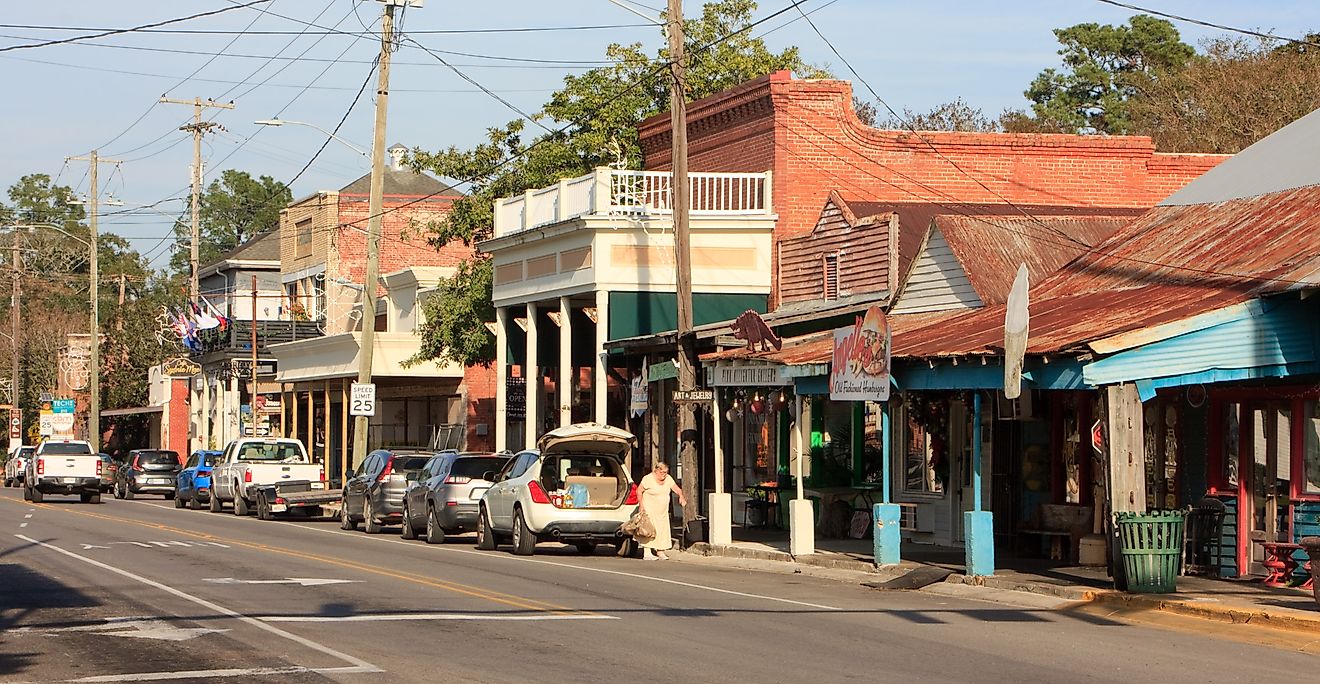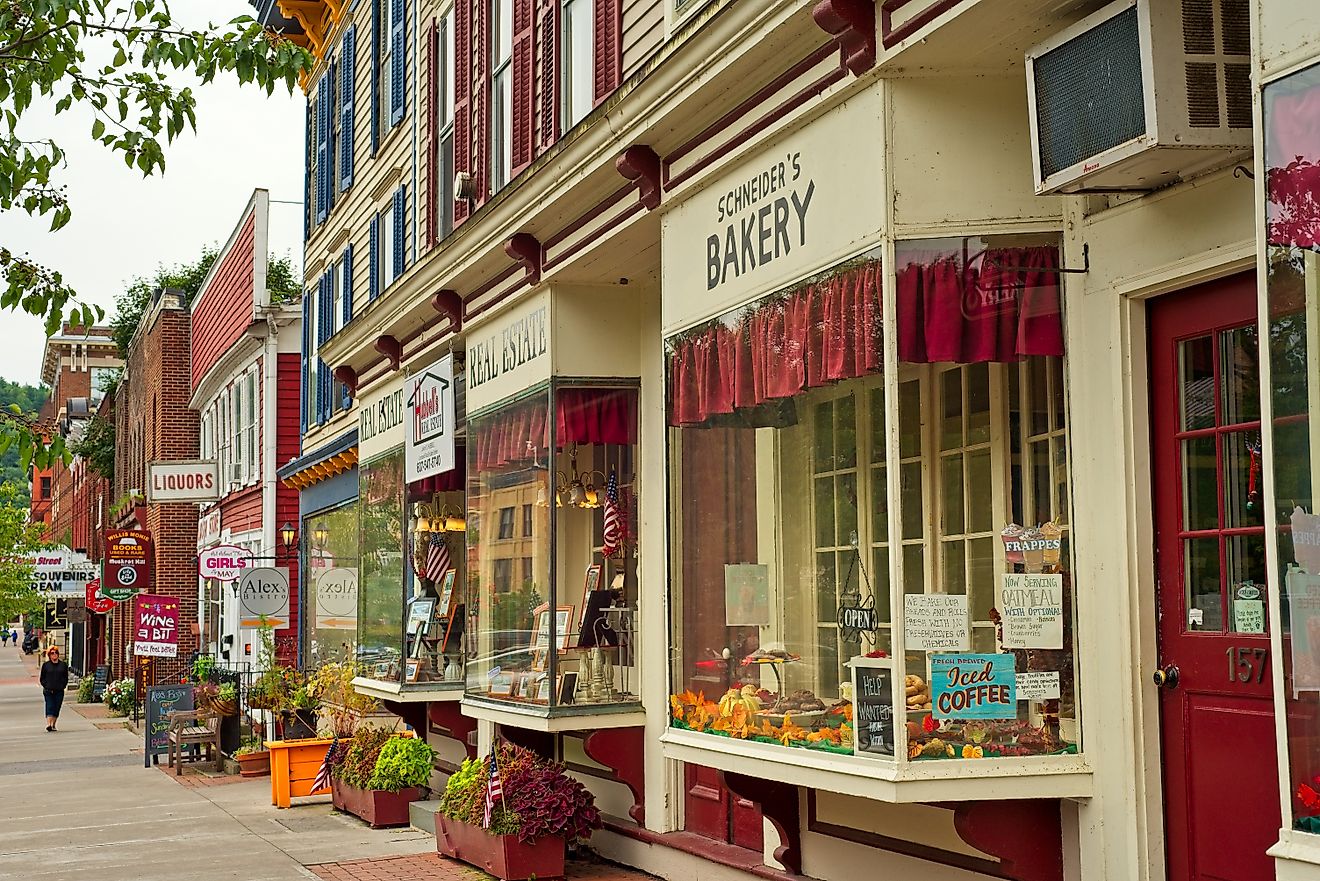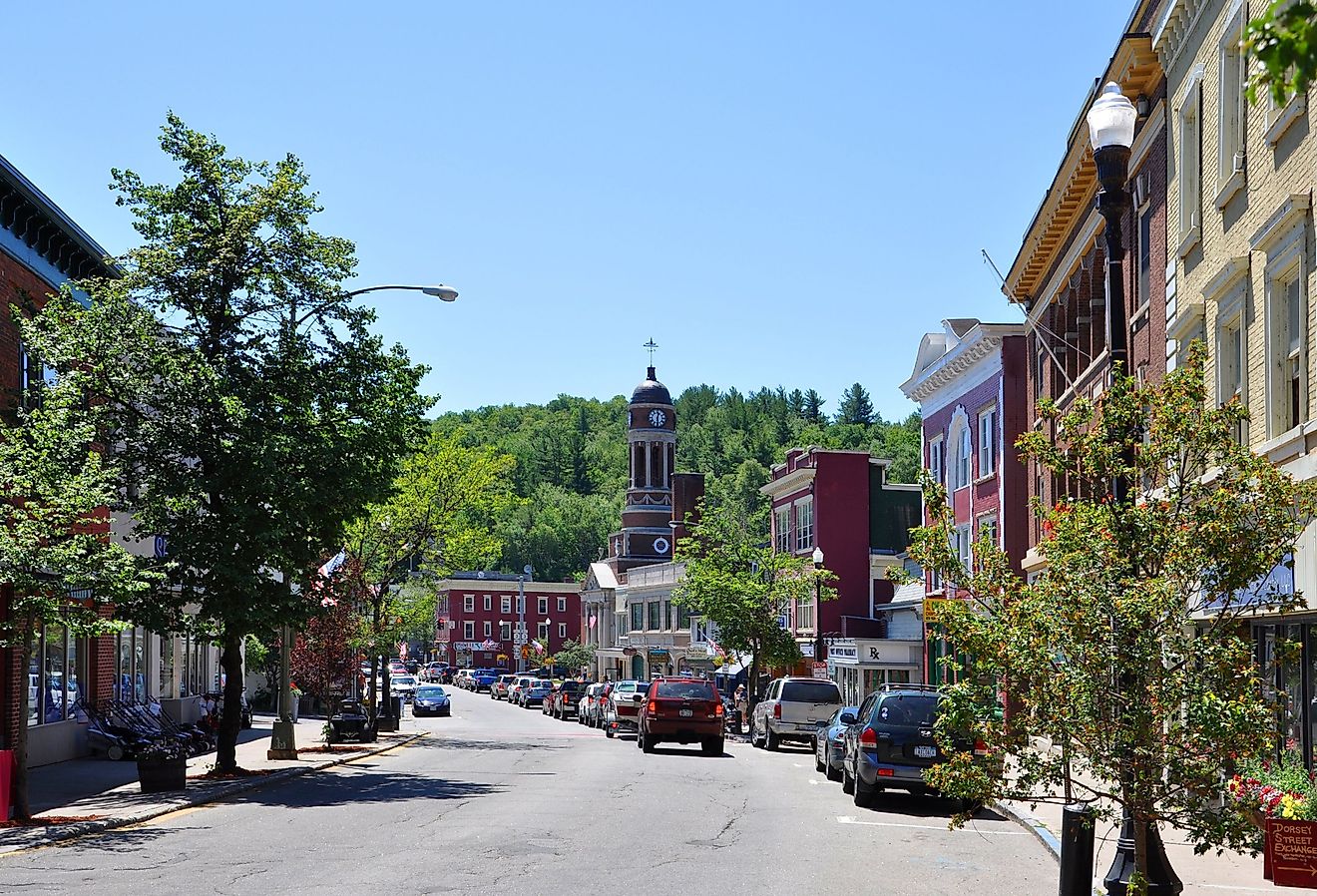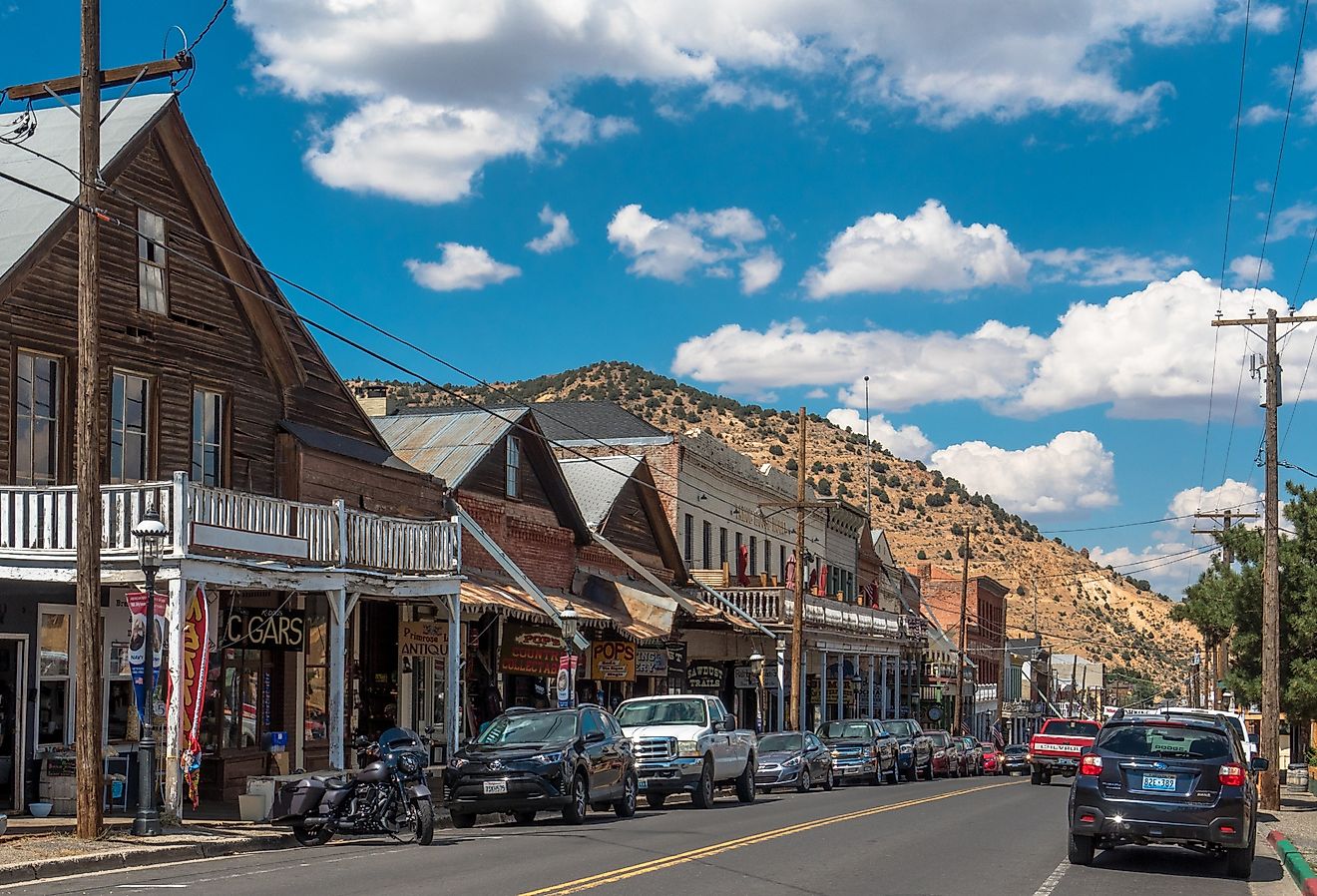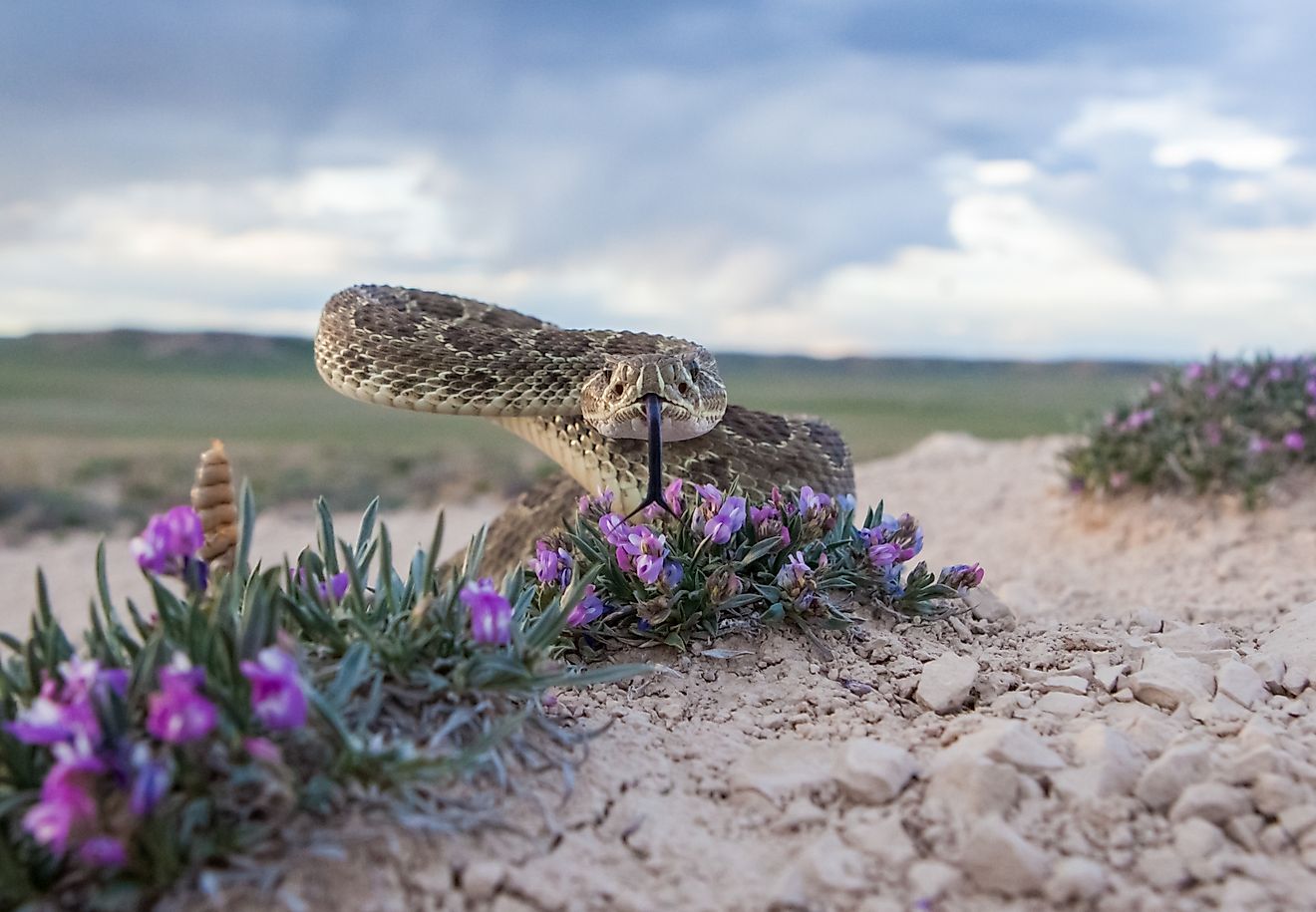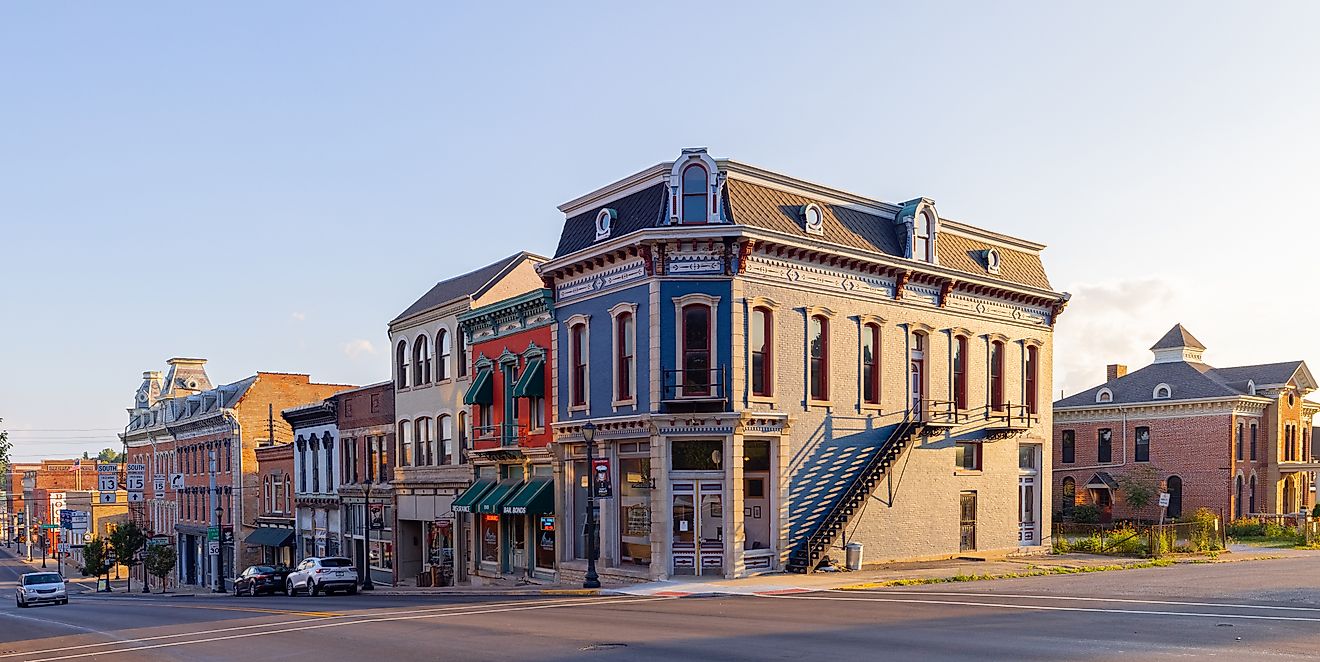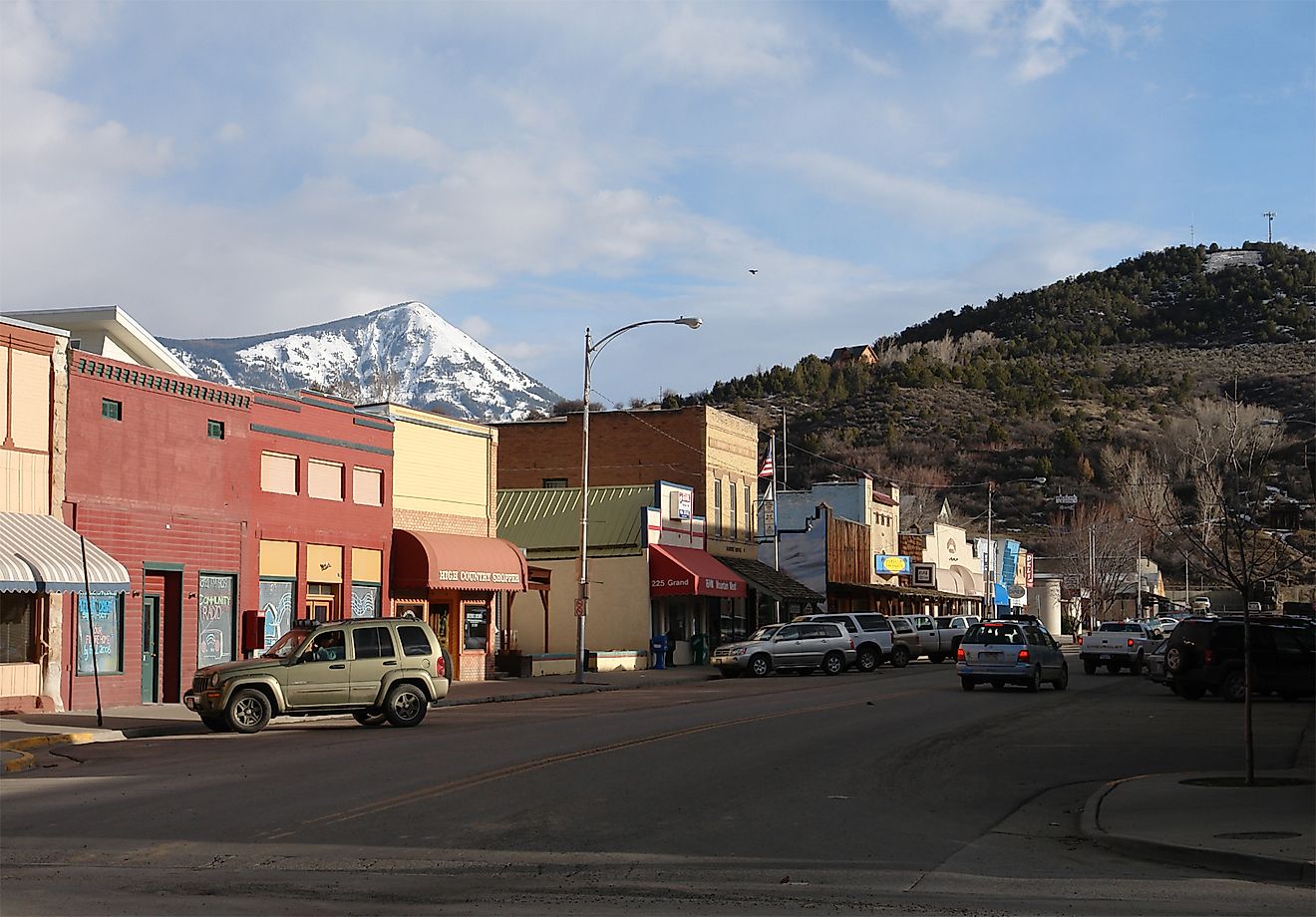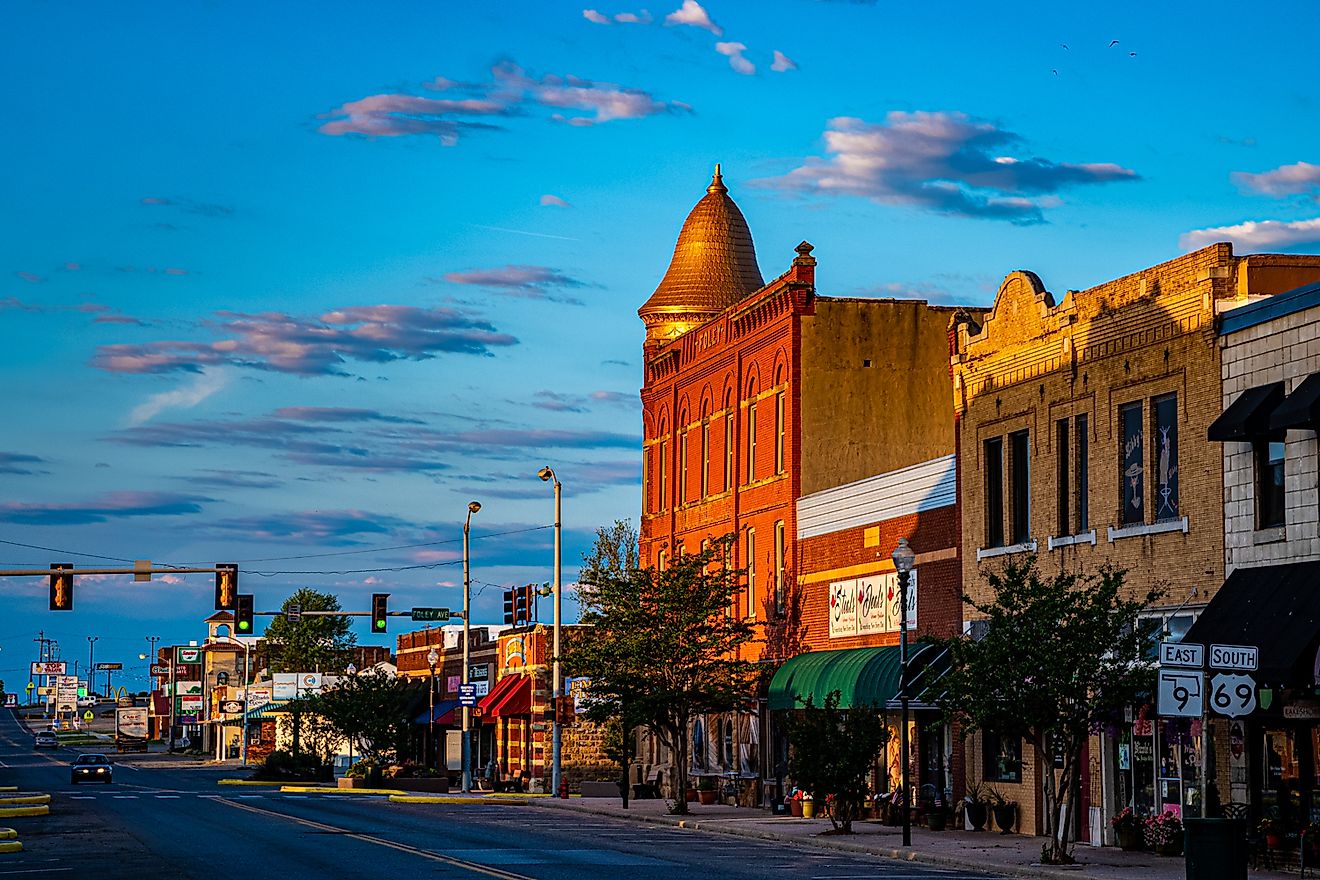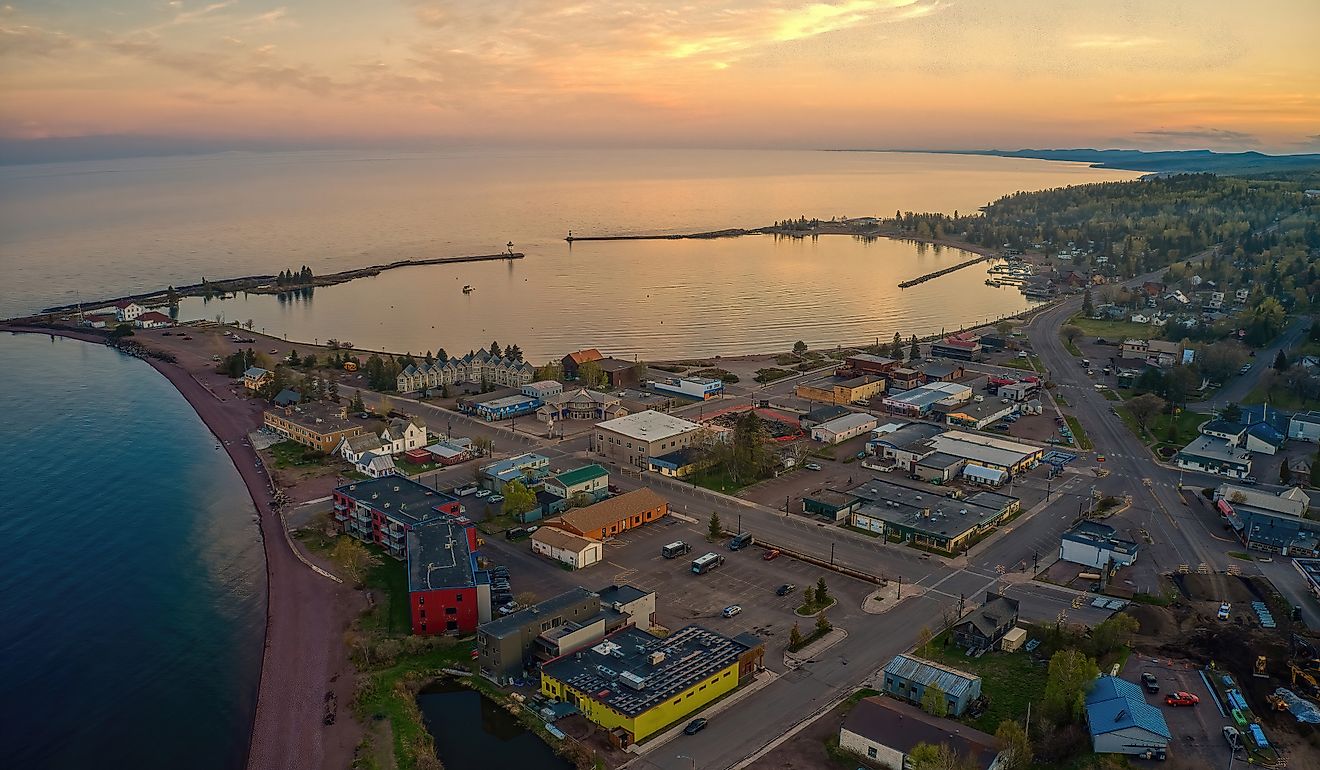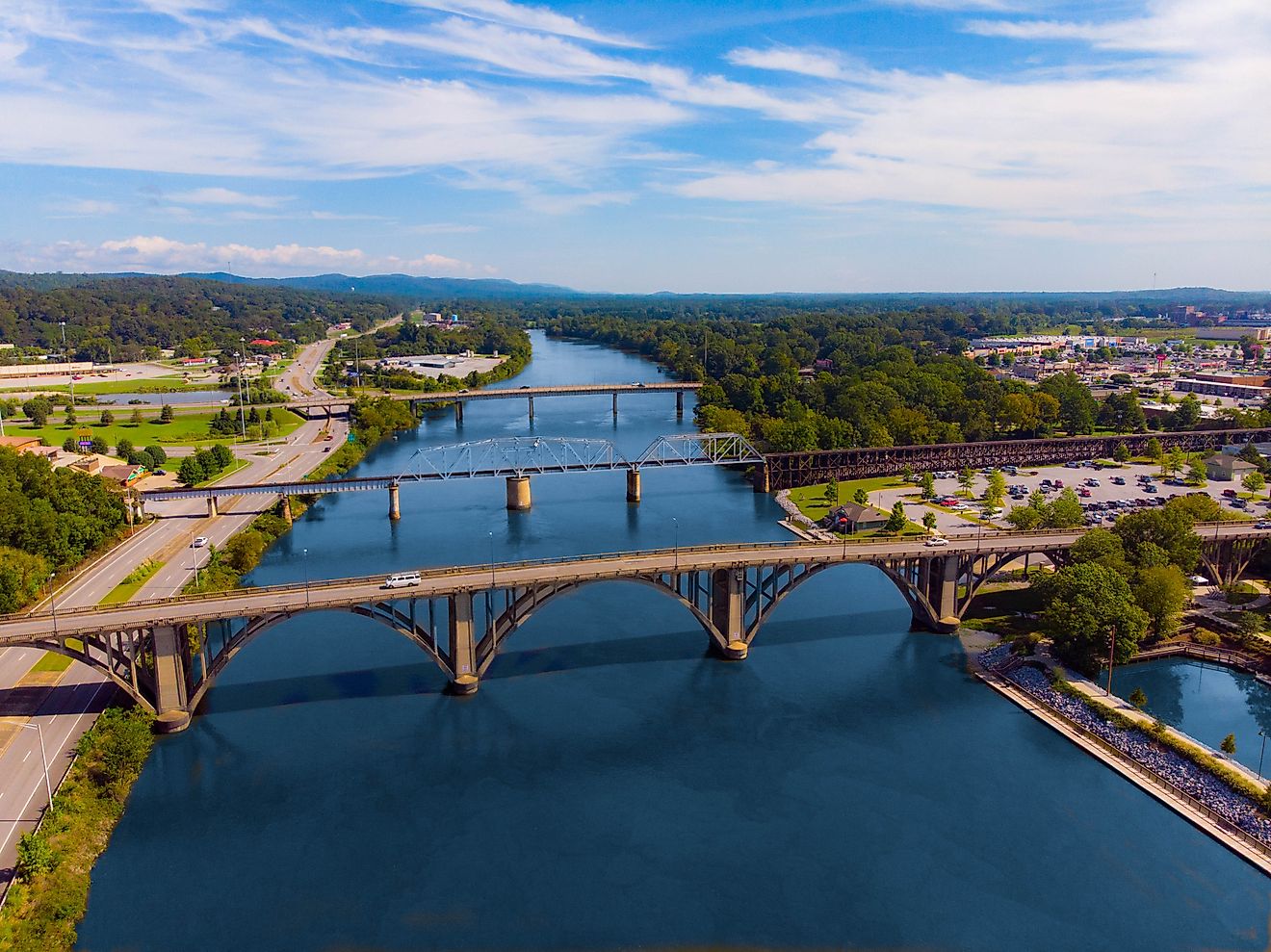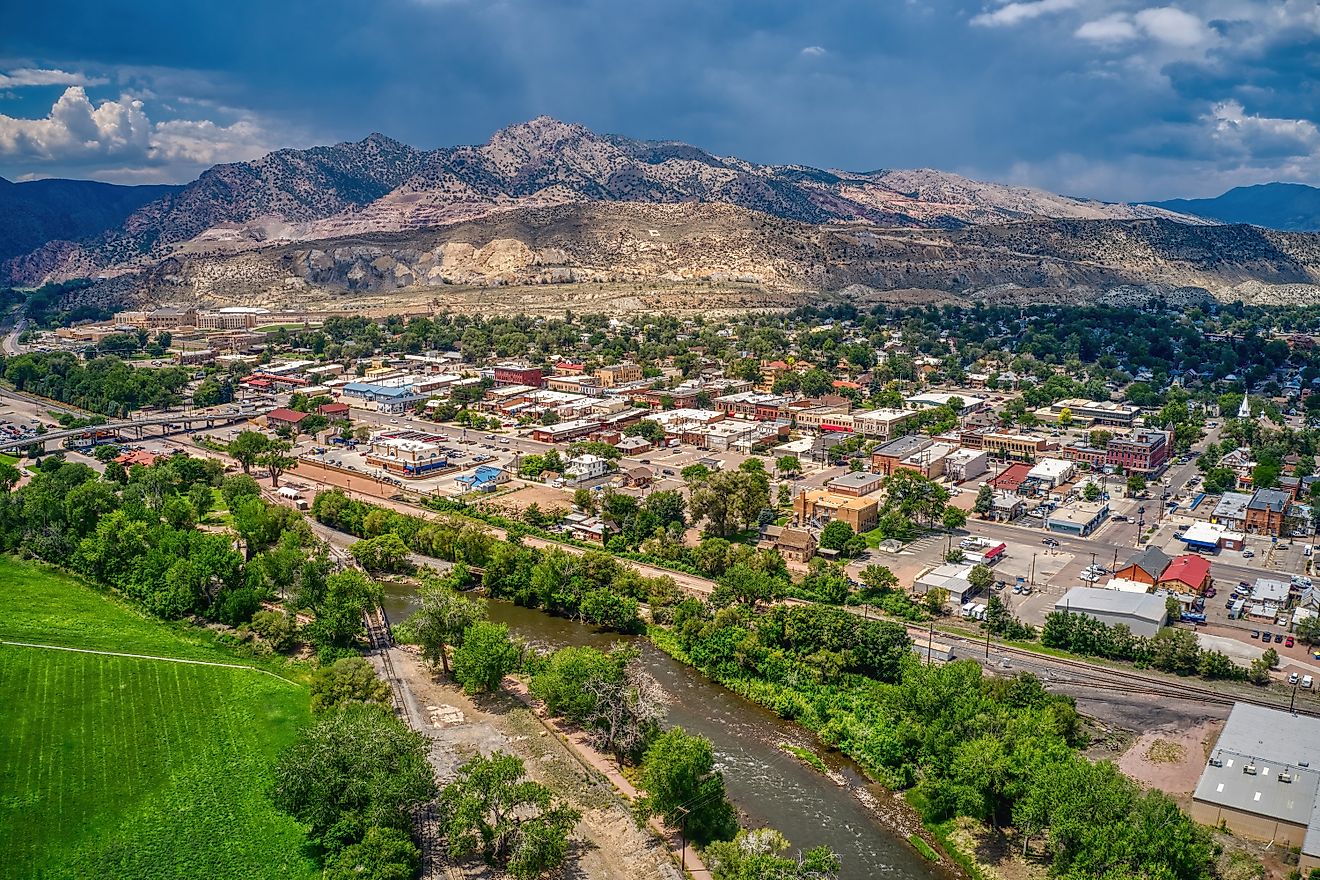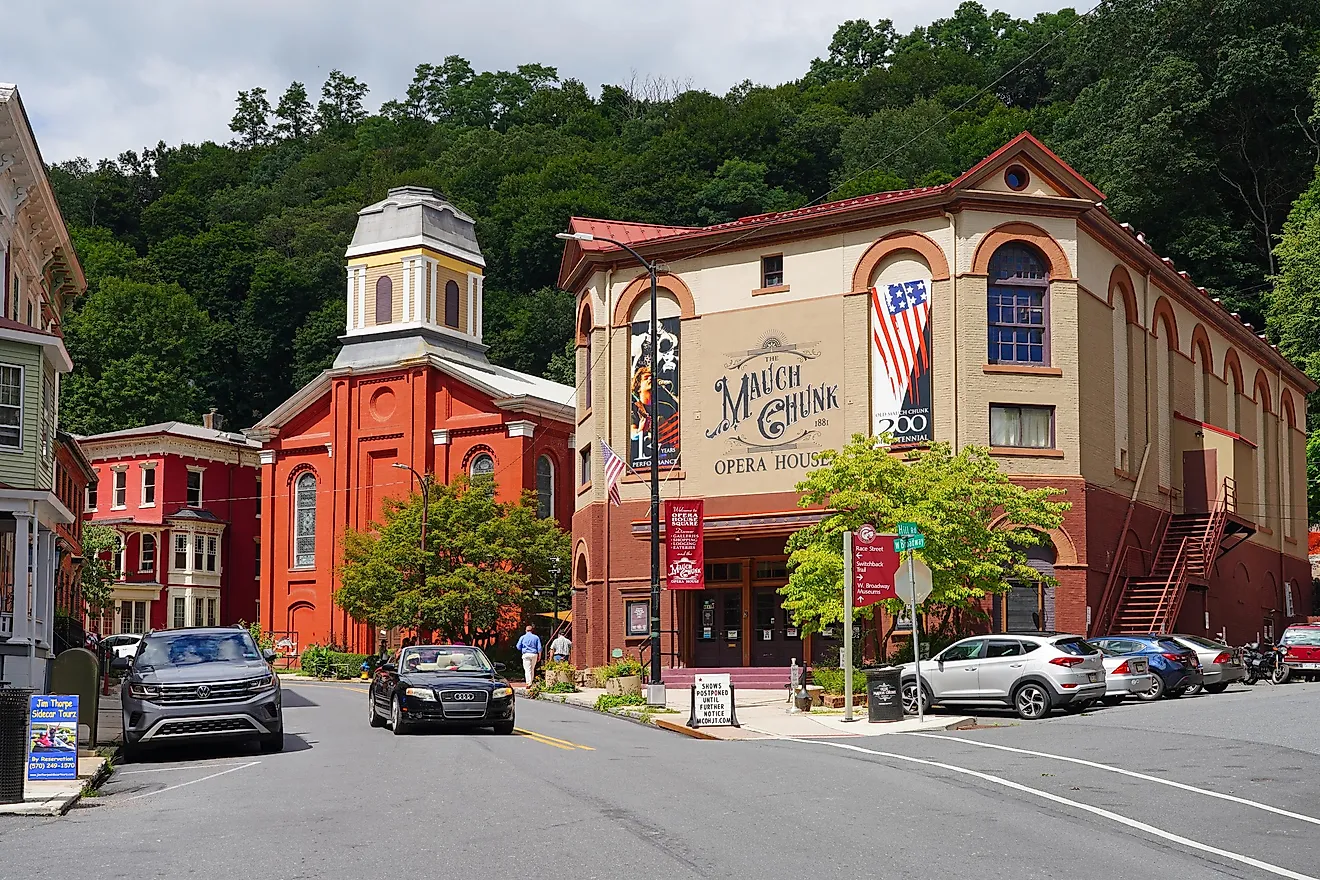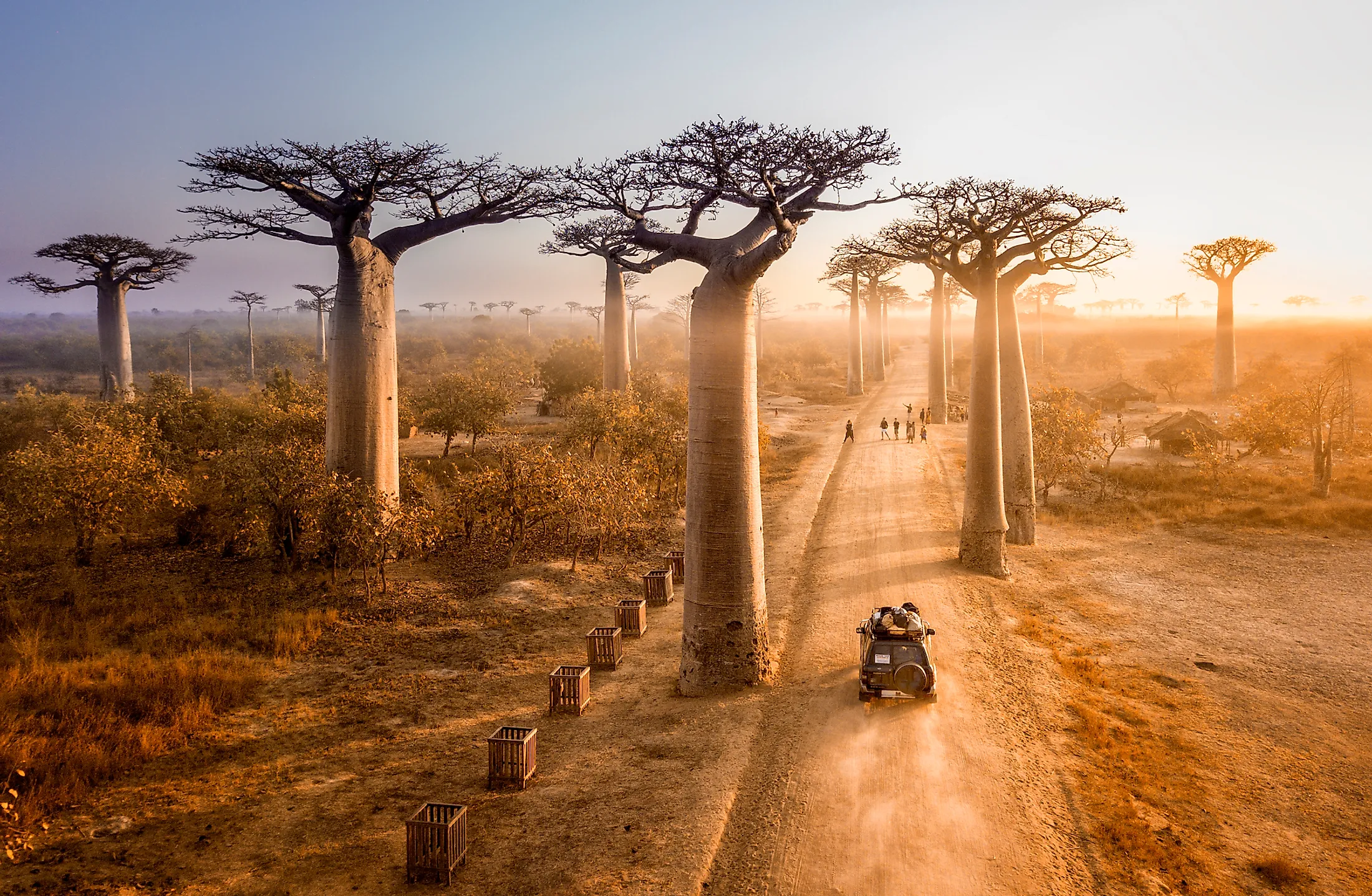
Avenue Of The Baobabs, Madagascar
Madagascar, the world’s second-largest island country located off Africa’s eastern coast, is an island of diverse ecosystem and biodiversity hotspot. The country has unique wildlife, with 90% of its plants and animals found nowhere else. Madagascar’s wildlife, especially plants, create some of the country's most fascinating sceneries and popular spots. One of its striking landscapes, attracting tourists from almost all corners of the Earth, is the Avenue of the Baobabs in the Menabe region. This avenue, also known as the Alleys of Baobabs, comprises numerous baobab trees along the dirt road linking Belon’i Tsiribihina and Morondava, creating a unique and beautiful setting that may soon be Madagascar’s first natural monument.
A Spectacular Sight
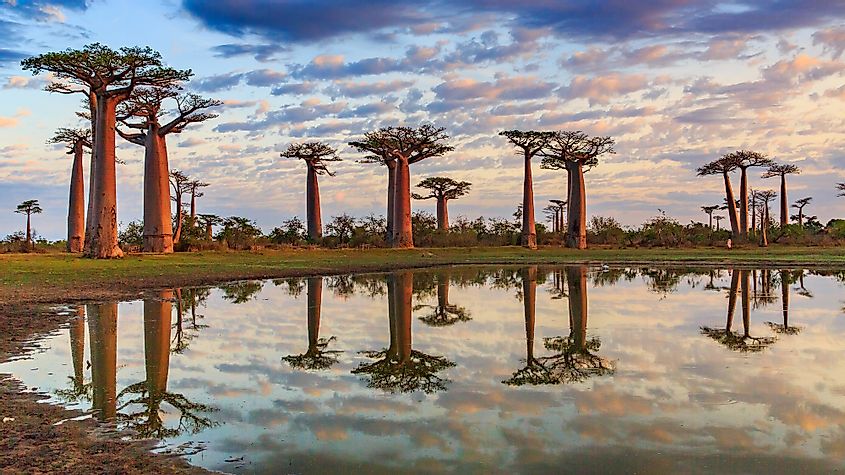
Baobab trees, known locally as “renala” (meaning “mother of the forest” in Malagasy), are common throughout Madagascar. Of the Earth’s eight species, six are endemic to the country. Some of the baobabs in the country are as much as 2,800 years old, with trunks rising to 150 feet. However, in the Manabe region, these trees line a dirt road between Belon’i Tsiribihina and Morondava, creating the impressive “Avenue of the Baobabs.
The “avenue” is a row of about 25 baobabs stretching about 260 meters. Other baobab trees are also found in the nearby pastures. This sand and gravel road is one of Madagascar’s most visited places. It is also the most accessible place to see some of Africa’s oldest baobabs. These trees were once part of a forest that comprised other plants. However, encroachment and massive deforestation cleared the area of most trees, leaving the baobabs to grow in isolation. A handful of ancient trees are also present in the nearby areas. When the Arabs visited the area about a century ago, they remarked that the devil may have ripped the baobabs from the ground and planted them upside down because their canopies look like roots.
Conservation Of The Baobab Trees
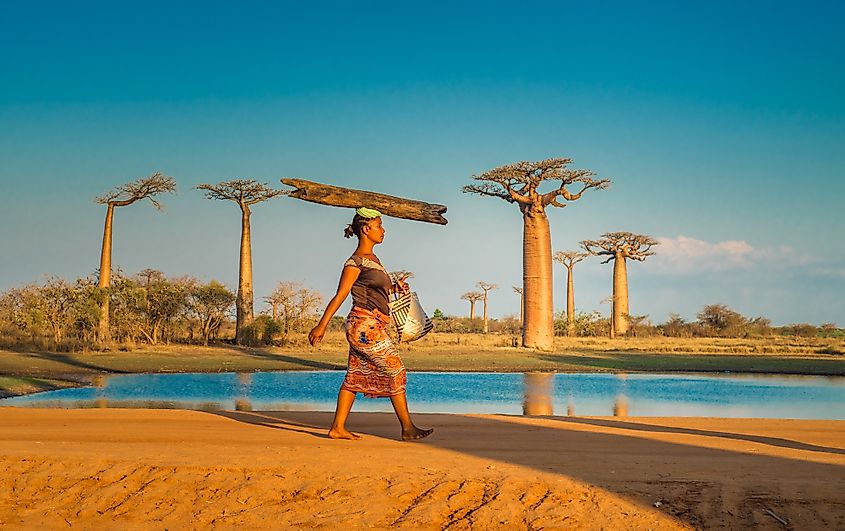
The 20-25 baobab trees along the road and the other species growing in the nearby areas are always under constant threat from the increasing population. The trees also face threats from effluents from the nearby paddy fields, forest fires, and bushfires. Despite being a popular tourist destination, Avenue of the Baobabs has no admission fee nor visitor center and generates little income for the local communities.
Thankfully, civil societies and non-governmental organizations, in partnership with the government, have noticed the area and developed activities to protect the avenue. The Ministry of Environment, Water, and Forests declared it a temporary protected area in July 2007. In July 2015, the site was designated a national monument, the first in Madagascar. The government and local communities hope the tree can survive for additional 800 years.
Baobab Amoureux
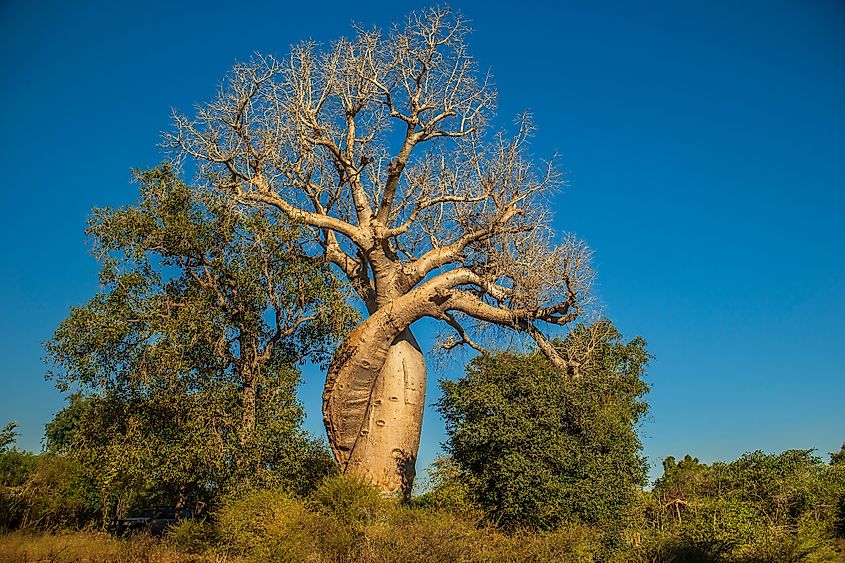
Besides the Avenue of the Baobabs, the Manabe region also has another baobab attraction known as Baobab Amoureux. This attraction is located 7 kilometers northwest of the avenue and comprises two baobab trees of the Adansonia za species twisted to each other. According to a famous legend, two lovers lived in the nearby village but could not live or have children together because they already had different partners. However, they always wished they were together and asked for help from their god. However, the answer came in form of the two baobabs that have embraced each other for eternity as the young lovers always wished.
